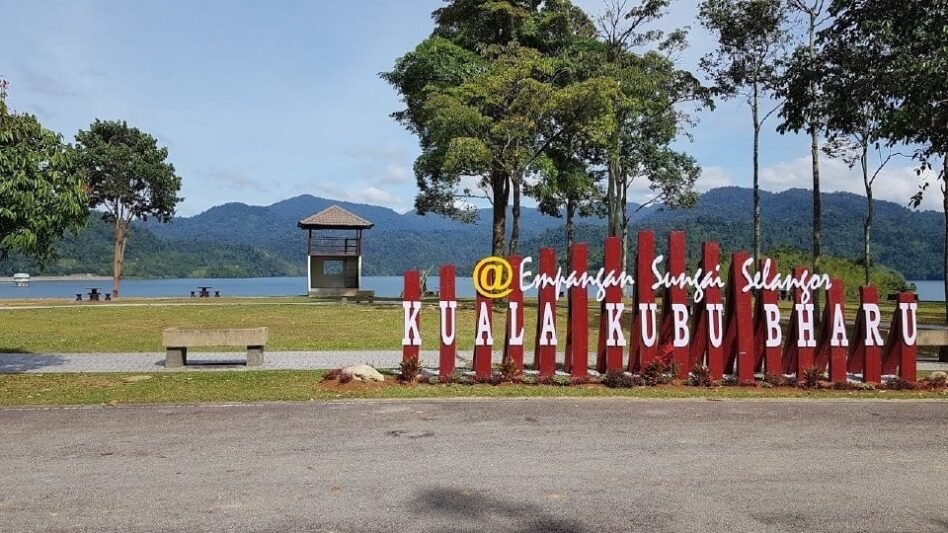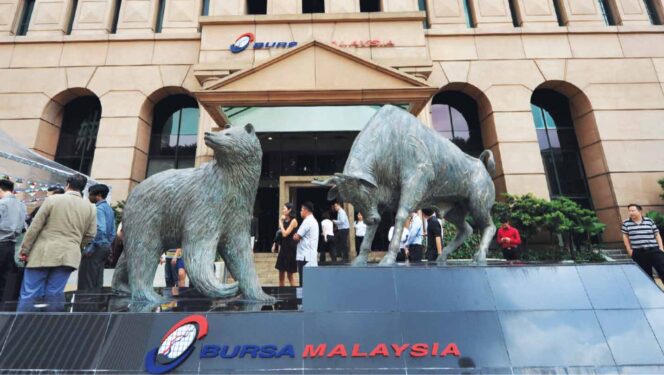By Datuk Eu Hong Chew
THE property sector in Malaysia has been doubly hit by COVID-19. The word “double” has two meanings here.
- Before COVID-19, the sector was already facing a challenging market due to the over-supply situation. Then COVID-19 hit us last year and we had to contend with movement control order (MCO 1.0) in March 2020.
- When we thought that the pandemic was under control, we are now facing record numbers of infections. So, instead of 2020 being a challenging year, it looks as if 2021 will also be another challenging one for property companies.
If you look at the pandemic situation in Malaysia, the hardest-hit region is the Klang Valley.
For a property group like the United Overseas Australia (UOA) Group that focuses on the Klang Valley, you can imagine 2021 being an annus horribilis.
If you are not familiar with the UOA Group, you would be misled by the “Australia” in its name. While the holding company, UOA Ltd, is dual-listed in Australia and Singapore, Australia accounted for less than 1 % of the UOA Group’s activities.
In reality, the bulk of the UOA Group’s activities are in Malaysia. To be more precise, they are in the Klang Valley.
The UOA Group has three main business segments as illustrated in the chart below. In terms of assets employed, the Property Development and Property Investment segments are about the same size. Together they accounted for 97 % of the UOA Group’s assets.
Anything that affects these two segments will impact the UOA Group.

Depleting pipeline
The UOA Group had actually fared well for 2020, achieving a profit that was a bit better than that for 2019. You would be forgiven to think that all is well. But the storm is not over yet.
Property development involves a wide range of activities from purchasing land, getting approval, and construction. Depending on the type of development, a project may take three to five years from the approval stage to the handover of the completed units.
Under the Malaysia property development model, revenue is recognized based on the stages of completion. What the UOA Group reported as revenue in 2020 was due to the contribution from projects launched several years ago.
To have a continuous stream of revenue yearly, all property developers will have to fill the pipeline each year with launches and sales. In this manner, there will be new revenue sources as the “old” projects are completed.
The table below illustrates the UOA Group property development pipeline. You can see that because of the pandemic it has not been able to feed the pipeline with launches. At the same time, what is in the pipeline in terms of sales and unbilled sales have declined.
The pipeline provides us with a window into the property development performance in the coming few years.

What this means is that for the next few years, the contribution from property development would not great. Even if the UOA Group manages to have a very successful big launch this year, it will take some time before the revenue can be built back to the pre-pandemic levels.
Increasing vacancy
Profits for the investment properties are from rental and surplus from revaluation of properties.
You can see from the chart that historically the surplus from re-valuation of properties accounted for the bulk of the segment profit. The rental income was small. For 2020, the rental part was actually a loss. The revaluation surplus overshadowed this loss when the UOA Group reported its profits.

The supply of office space in the central region (Klang Valley) is increasing. With the demand not increasing proportionately, vacancy is also increasing as illustrated below. Therein lies the stormy part.
It means that the rental income is unlikely to go up for some time. More critical is that the prospects for revaluation surplus in the near future are small.

Strong foundation
The window into the coming future does not show a glowing picture. Now you know why I said that the storm is not over yet.
The challenge is whether the UOA Group can weather the storm. This is not the first time the UOA Group is facing a storm. During the US sub-prime crisis in 2007 to 2010, the UOA Group had managed to be profitable. You can see from the earlier Profit Profile chart that in 2010 there was hardly any contribution from property development.
In this context, the UOA Group is in a good position.
- First, it is finally strong with net cash (cash less loans) of AUD 385 mil (RM1.24 bil). This is almost 1/4 of its shareholder’s funds. Over the past five years, it has generated more cash from the operations than what is required to fund its capital expenditure.
- It is asset-light. Unlike some other Malaysian developers, it is not sitting some huge unproductive land bank. The UOA Group’s land bank is actually yet-to-be-developed parts of existing successful projects.
- The UOA Group has RM 2.9 bil worth of projects currently under development.
- UOA REIT still achieved an average occupancy of 88 % in 2020.
- UOA Ltd, with both development and leasing segments, has a better risk profile than other property companies with only one of the segments.
Actually, all Malaysian property companies are going through the same storm as the UOA Group. But not all the other developers have UOA Group’s foundation to be able to weather the storm comfortably. – May 21, 2021
Datuk Eu Hong Chew was on the board of I-Bhd from 1999 till 2020. As Group CEO, he led its transformation from a digital appliance manufacturer into the developer of i-City, the Selangor Golden Triangle.
This article was re-purposed from “Is UOA Ltd a value trap?” that was first published on i4value.asia. Refer to the article for more details of the fundamental analysis.
The views expressed are solely of the author and do not necessarily reflect those of Focus Malaysia.










